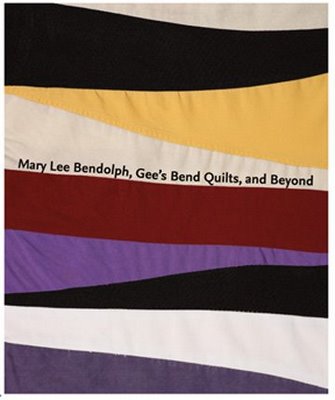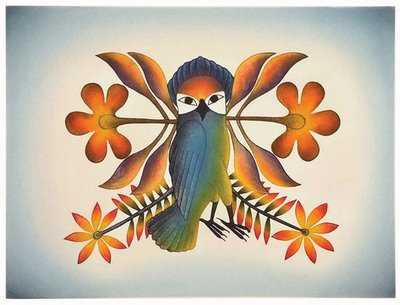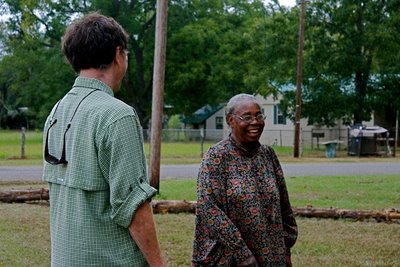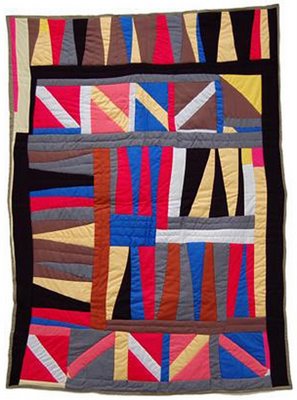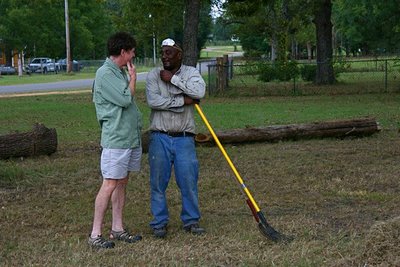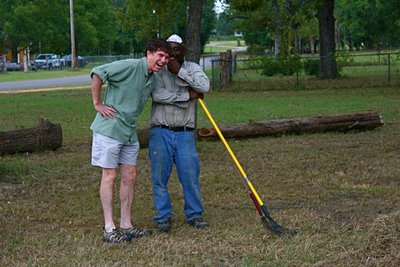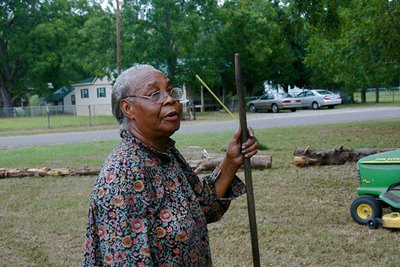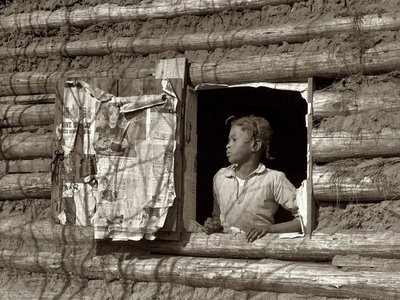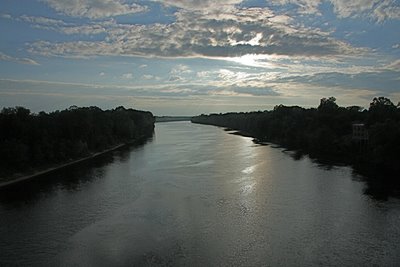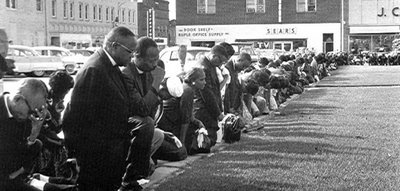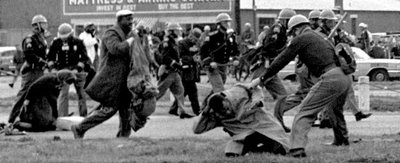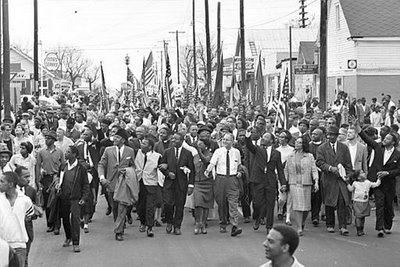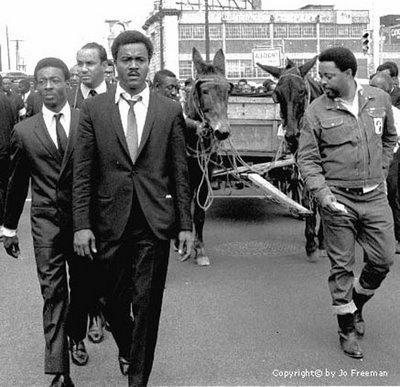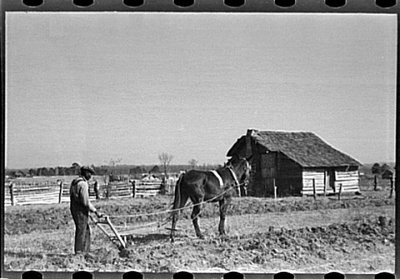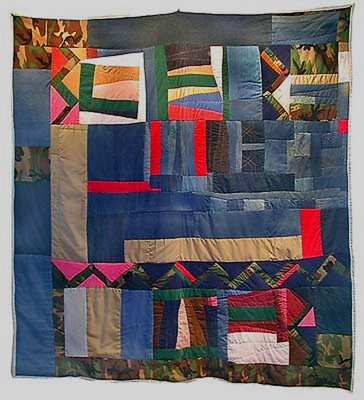Mary Lee Bendolph and Kenojuak Ashevak
 Wednesday, November 19, 2008 at 8:56AM
Wednesday, November 19, 2008 at 8:56AM
Mary Lee Bendolph -- born in Gee’s Bend, Alabama,1935
Kenojuak Ashevak -- born in the hunting camp of Ikirasak, Nunavut,1927
 Two acclaimed women artists, living in different cultures thousands of miles apart. Each has had book-length studies written on their lives and work.
Two acclaimed women artists, living in different cultures thousands of miles apart. Each has had book-length studies written on their lives and work.
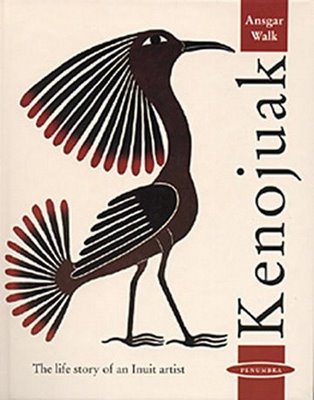 Kenojuak
Kenojuak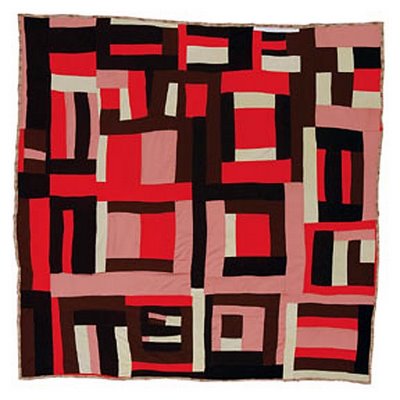 Each artist’s work is so recognized that it has appeared on a national stamp.
Each artist’s work is so recognized that it has appeared on a national stamp.
Mary Lee Bendolph’s “Housetop” quilt appeared on a 39-cent US stamp in 2006.
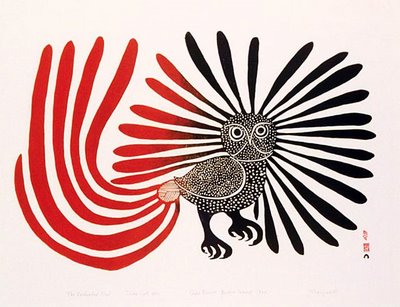 Kenojuak’s “Enchanted Owl,” a landmark print in Canada, appeared as a stamp there in 1980.
Kenojuak’s “Enchanted Owl,” a landmark print in Canada, appeared as a stamp there in 1980.
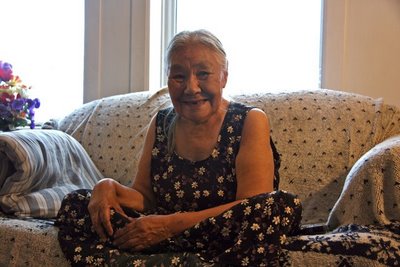 But what most characterizes each woman aren’t these accolades and the appearance of their work in major museums around the world – but rather their humble spirits and their faithfulness to their communities and to the way of life that each has known and loved.
But what most characterizes each woman aren’t these accolades and the appearance of their work in major museums around the world – but rather their humble spirits and their faithfulness to their communities and to the way of life that each has known and loved.
Kenojuak now lives in a home in town rather than in a qarmaq, but she chooses to live as the others in Kinngait do…simply. And she still loves to fish.
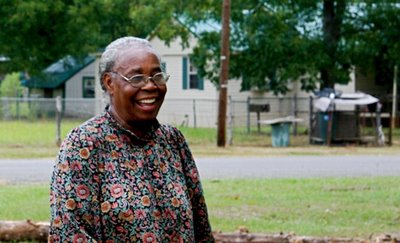 And you can find Mary Lee Bendolph, as we did, out tending her land. “I can walk outside and look around in the yard and see ideas all around the front and back of my house,” Mary Lee says.
And you can find Mary Lee Bendolph, as we did, out tending her land. “I can walk outside and look around in the yard and see ideas all around the front and back of my house,” Mary Lee says.
There are hidden places in the woods around Gee’s Bend where people pray. One of Mary Lee’s praying places is her barn.
 Both have had long difficult stretches in their lives. Both have raised many children and grandchildren whom they continue to help raise and support.
Both have had long difficult stretches in their lives. Both have raised many children and grandchildren whom they continue to help raise and support.
 And neither needs some high-blown artistic “theory” to explain how and why they work. They speak with a practical commonsense wisdom instead – and in neither case is their art dissociated from the rest of their day-to-day lives.
And neither needs some high-blown artistic “theory” to explain how and why they work. They speak with a practical commonsense wisdom instead – and in neither case is their art dissociated from the rest of their day-to-day lives.
"When I'm doing graphic work, sometimes I have to hold the paper and look at it and feel it, and then the work starts to come out," Kenojuak explains.
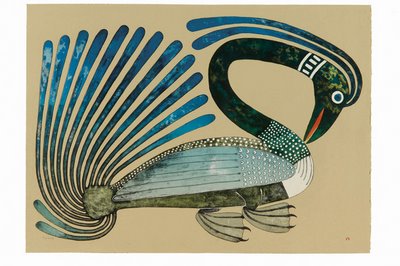 “A piece of paper from the outside world is as thin as the shell of a snowbird’s egg,” she also says.
“A piece of paper from the outside world is as thin as the shell of a snowbird’s egg,” she also says.
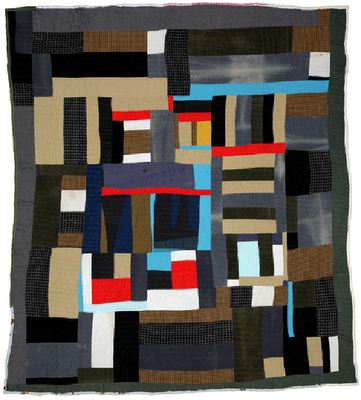 Once someone sent bell-bottom leisure suits to Gee’s Bend, thinking, “These people are so poor they could use these clothes.” But no one in Gee’s Bend wanted them either.
Once someone sent bell-bottom leisure suits to Gee’s Bend, thinking, “These people are so poor they could use these clothes.” But no one in Gee’s Bend wanted them either.
Except Mary Lee. “I’ll take them,” she said.
And she made a quilt from them..

(The above is Debi’s blog, -- the idea for it and images and text. But as I read through myself, I can't resist an aside...
…because these two women, Kenojuak and Mary Lee Bendolph -- and what they mean to Debi -- remind me of a print Debi’s had for years in her own “praying place” back home. It’s Leonardo’s cartoon of “The Virgin and Child with St. Anne and St. John the Baptist.”
It’s hard to clearly separate the figures of the two women. Mary gazes ethereally at her son. Her own mother, St. Anne, gazes with a fixity that seems both masculine and feminine at her. Mary has borne and will raise the Savior. Anne is the rock-solid support beneath them all.
As I read what Debi’s written of Kenojuak and Mary Lee Bendolph – and am reminded of this Leonardo print that Debi keeps back home – I think of this beautiful indivisibility between the artistic and the motherly in these women’s lives.
And I find myself asking: what is it about our own modern sensibilities and culture that we so often manufacture rifts between the two?
Or else, most recently, we push some ironic inversion of this integration – the do-everything professional working woman – so far that it turns into a “hockey mom…a pit bull with lipstick.”
An image that far from questioning the failures of aggression joins and reifies it instead.
 No wonder Debi is recognizing – including within herself – something quite different at work here.)
No wonder Debi is recognizing – including within herself – something quite different at work here.)
 Gee's Bend,
Gee's Bend,  Inuit,
Inuit,  Kenojuak Ashevak,
Kenojuak Ashevak,  Mary Lee Bendolph | in
Mary Lee Bendolph | in  Artists,
Artists,  Women at the center
Women at the center 

